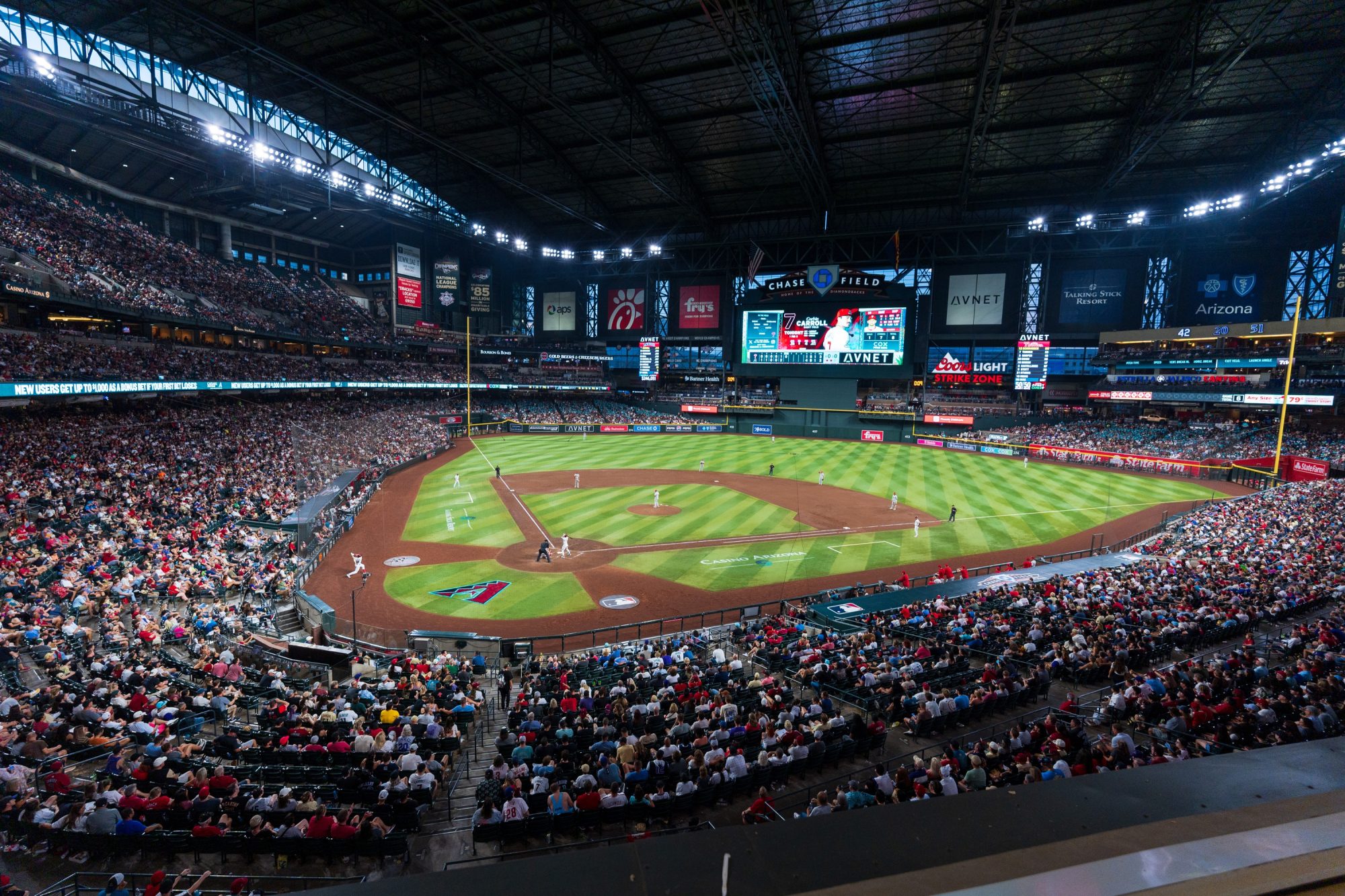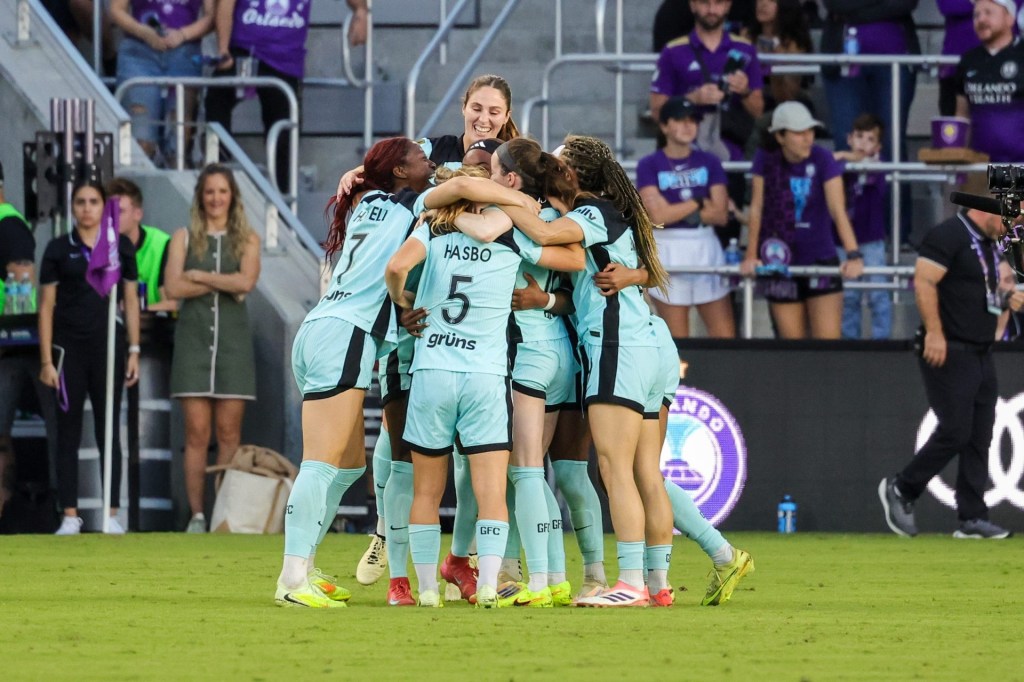The Diamondbacks have already been facing growing challenges with the 26-year-old Chase Field (above). Now climate change is uncomfortably adding to the list.
While the MLB club has spent more than a year actively trying to develop a framework to upgrade the ballpark, a historically hot Phoenix summer has greatly taxed the facility’s air-conditioning system, in turn exacerbating the renovation needs.
Phoenix on Tuesday recorded its 79th consecutive day of least 100 degrees, surpassing a prior city record of 76, with no end in sight as more triple-digit temperatures are forecast for at least the next two weeks. Even before this latest heat wave, the Arizona capital was identified as a particular problem area in a much larger wave of global climate change.
All that has strained the ballpark’s efforts to establish an interior temperature of 75 degrees. A chilled-water facility adjacent to the ballpark is used to cool the Chase Field air. But the ongoing local heat and a 17% boost in team attendance following last year’s surprise run to the World Series has impaired the system’s ability to maintain that cooler temperature—to the point where some players have complained about cramping and overly humid conditions for an indoor ability.
“We are making the best of a system that is over 26 years old and has been regressing year after year,” Diamondbacks president Derrick Hall told The Arizona Republic. “This is another example of why we need to find a solution and partnership to stay at Chase Field, which is our preference. The HVAC system is a top priority for an overhaul.”
What Does This Mean for Las Vegas?
The Arizona situation also offers a cautionary tale for Las Vegas, the future home of the A’s and another U.S. epicenter of soaring summer temperatures. Though plenty of questions remain about the proposed domed ballpark on the Las Vegas Strip, the A’s are considering a different type of system in which cooling is activated under individual seats.
Modeled in part after the Golden 1 Center in Sacramento, the seat-specific system for air conditioning is designed to be much more targeted and energy-efficient than traditional methods.
Milwaukee Musings
Much further north, the Brewers are wrestling with a very different type of issue: how to maximize the footprint of American Family Field and take full advantage of a roughly $500 million public funding package approved last year to renovate the facility.
The club this week sent an email survey to roughly 37,000 fans on its mailing list, seeking sentiments on various ideas under consideration. They include a mixed-use development surrounding the ballpark, a reworked family zone, and different types of premium-level seating.
Very similar to other real estate efforts connected to stadiums and arenas, the Brewers’ possibilities for their project could include bars, restaurants, and live entertainment—further enhancing the area’s usage not only before and after baseball games but also on non-game days.

















